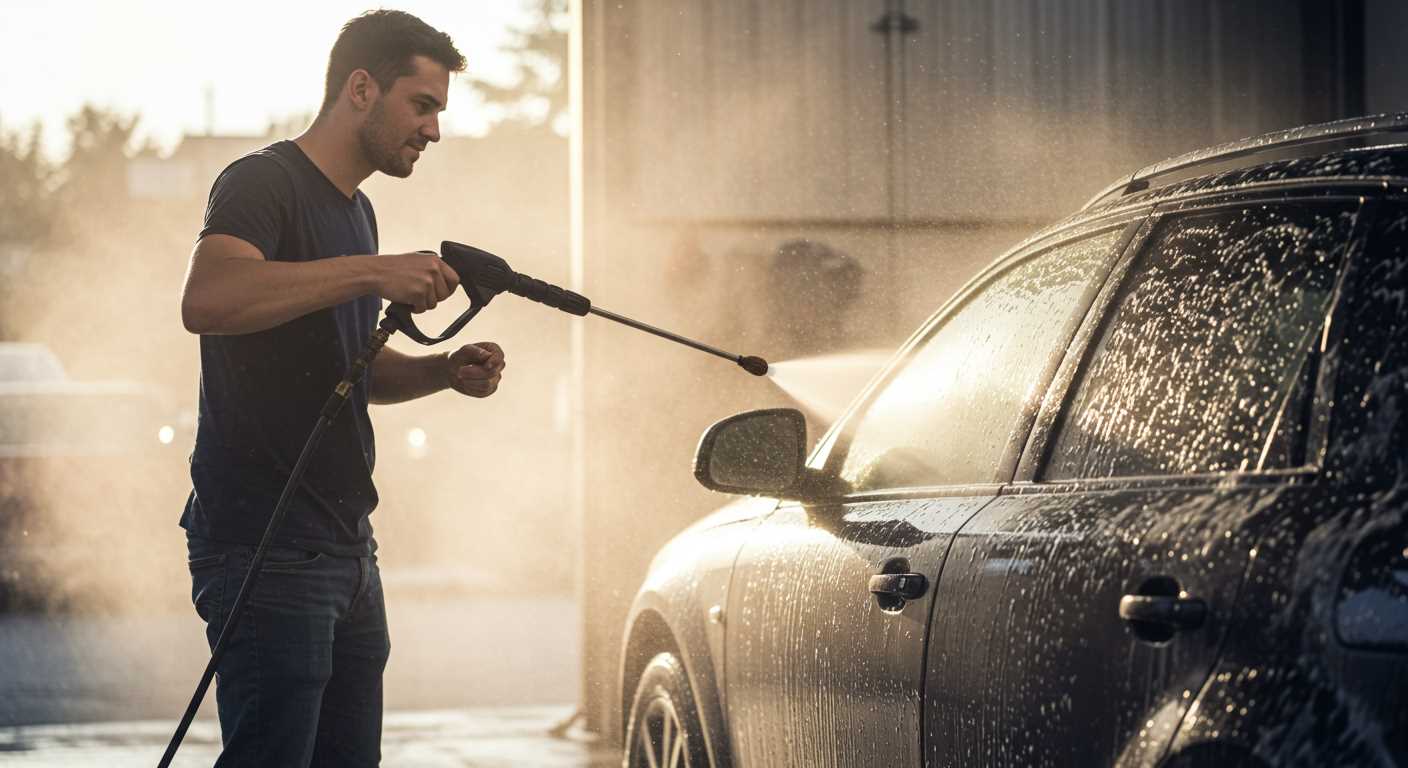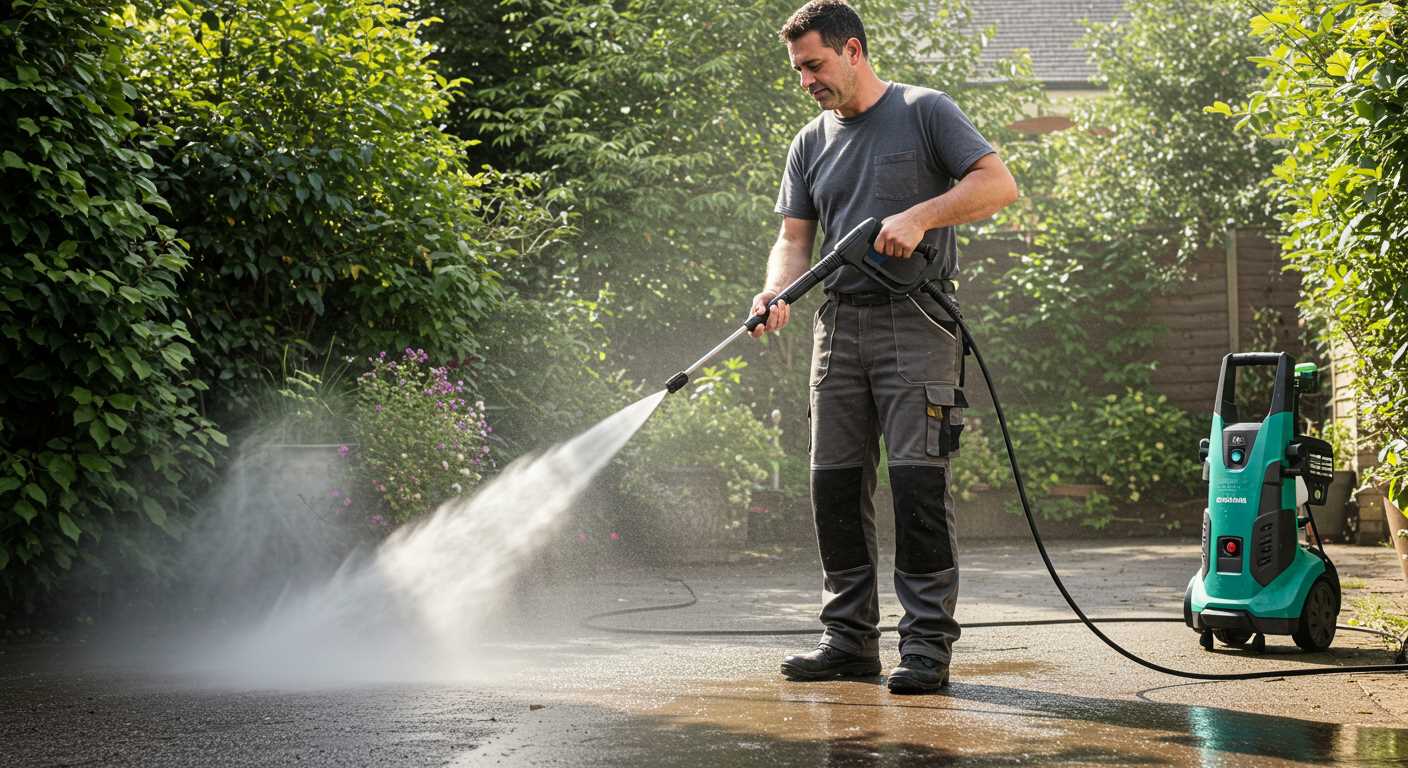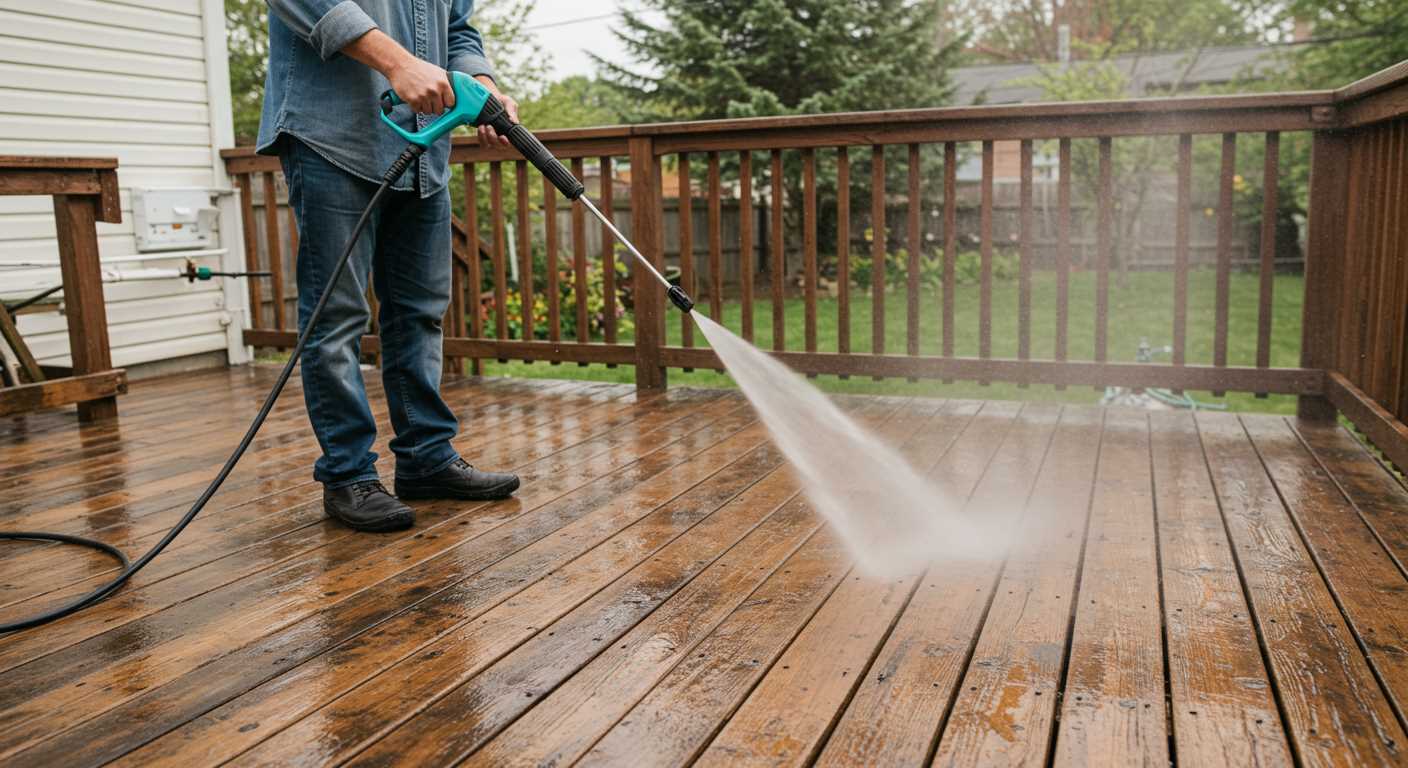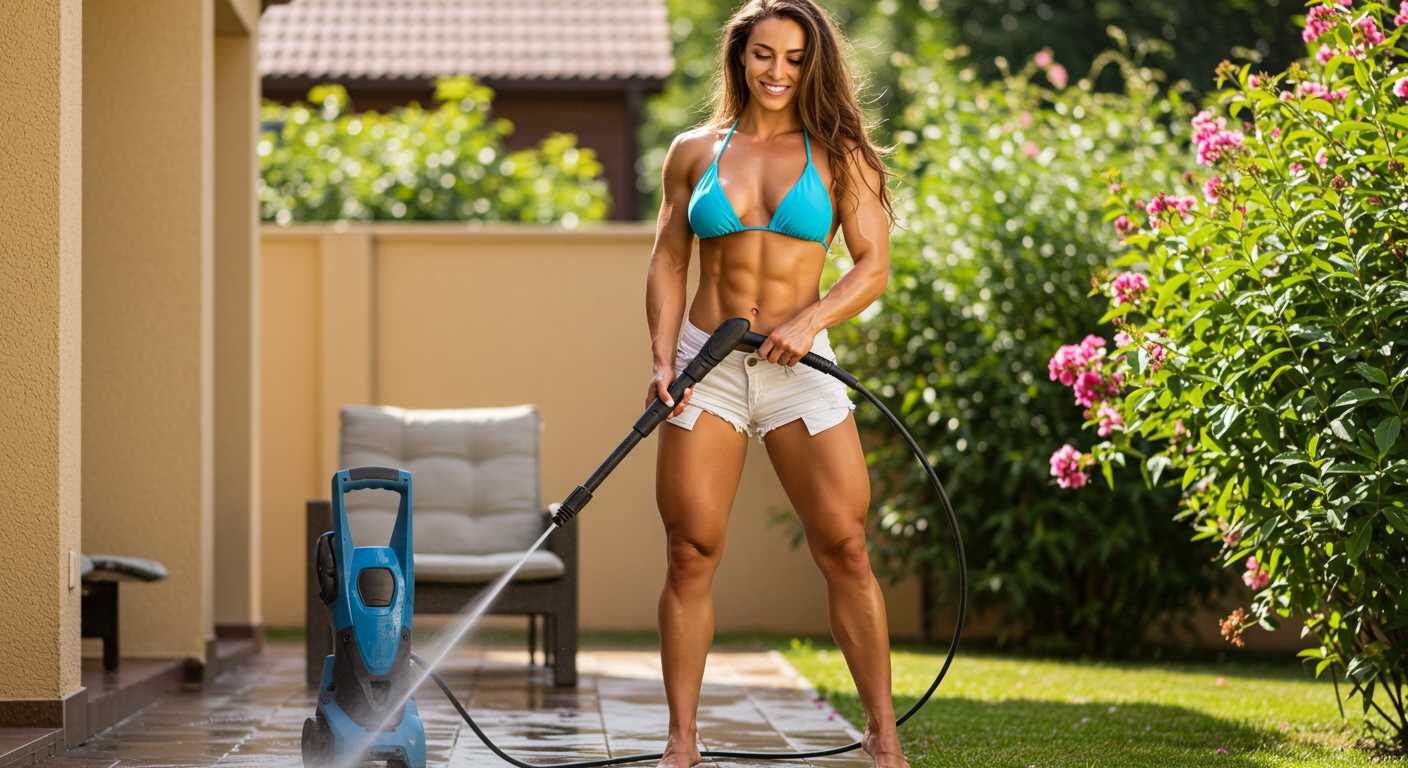



Begin maintenance by detaching the nozzle from its handle. This allows for a more thorough inspection and cleaning process. I have found that simply removing the accessory often reveals accumulated dirt and debris that can hinder performance.
Utilise a soft brush or a cloth to remove any loose particles or grime from both the external and internal surfaces. For stubborn deposits, a mixture of warm water and mild detergent works effectively. Avoid abrasive materials that can scratch the finish or damage the internal components.
Inspect the nozzle for blockages in the spray opening. A straightened paperclip or a specialised cleaning tool can dislodge any clogs. It’s critical to ensure that the spray path is clear, as this directly affects water flow and pressure. Rinse the nozzle under running water to wash away any remaining debris.
Lastly, reattach the component securely and test its functionality. A well-maintained nozzle not only enhances performance but also extends the lifespan of your cleaning equipment. Adopting this routine will ensure optimal efficiency during use.
Cleaning the Nozzle and Lance

For a high-performing unit, attention to the nozzle is vital. Begin by detaching it from the hose. Use a narrow wire or pin to remove any debris lodged in the orifice. After that, soak it in warm, soapy water for about 15-30 minutes, then rinse thoroughly with fresh water to eliminate any soap residue. Ensure that the nozzle is completely dry before reattaching it.
Removing Residue Buildup
Examine the lance for hardened dirt or grime. Use a suitable vinegar or mild detergent mixture and a soft-bristled brush to scrub away the residue gently. Rinse well with warm water after scrubbing to ensure no cleaning agents remain.
Inspecting High-Pressure Hoses

Should the high-pressure hose show any signs of wear or leaks? Check for cracks or bulges along its length. If any damage is visible, replace the hose to prevent further complications during operation.
Regular Maintenance Schedule
Establish a routine that includes inspecting the attachments and performing light clean-ups after each use. An effective approach is adopting a weekly or monthly schedule depending on how frequently it’s utilized. Consistent care prolongs the life of the equipment and maintains optimal efficiency.
Storage Practices
When storing, ensure that the lance and hoses are coiled loosely to avoid kinks. Keep them in a dry area away from direct sunlight and extreme temperatures. This simple step significantly extends their lifespan and prevents unnecessary wear.
Identify Common Residue on the Wand
Identifying the type of residue on your cleaning tool is crucial for effective maintenance. Common contaminants include:
- Soap Scum: Often left behind from detergent use, it can result in a cloudy buildup.
- Mineral Deposits: Hard water can leave white spots that are indicative of mineral accumulation.
- Grease: Oily residues from cleaning vehicles or machinery can stick, making it essential to remove them thoroughly.
- Soil and Dirt: Regular exposure to earth can lead to mud and grime adhering to the surface.
- Mildew or Mould: If the equipment is stored improperly, organic matter can develop, especially in damp conditions.
Recognising Each Type
Inspect the nozzle and body for different textures or colours that indicate residue. Soap scum feels slippery, while mineral deposits may appear crusty. Grease can be noticeably tacky, and dirt is often gritty upon touch. Look for discolouration or uneven surfaces as signs of mildew.
Assess Frequency of Cleaning
Based on the common residues encountered, consider your cleaning routines. High-frequency use on vehicles may lead to greasy buildups, while frequent garden applications might attract soil and mineral deposits. Adjust cleaning habits to match the specific residues for optimal upkeep.
Gather Necessary Cleaning Supplies

Gather the following materials to facilitate the process:
- Soft brush: A natural or synthetic bristle brush aids in loosening debris without scratching the surface.
- Bucket: Use a bucket to hold a cleaning solution or warm water for rinsing off residue.
- Mild detergent: Choose a non-abrasive soap to avoid damaging any components; dish soap works well.
- Water source: Ensure access to fresh water for rinsing and diluting cleaning agents.
- Cloth or sponge: These are perfect for detailed cleaning and wiping down surfaces after treatment.
- Protective gloves: Wear gloves to safeguard your hands when using detergent or handling stubborn grime.
- Compression cleaner (optional): This can be useful for dislodging tough blockages.
Recommended Additional Items
- Needle or small pick: These help in removing stubborn debris from small openings and nozzles.
- Spray bottle: A spray bottle allows for easy application of a diluted cleaning solution.
- Vacuum with a brush attachment: This can assist in removing loose dirt before applying any liquids.
With these tools on hand, the task becomes more manageable and efficient.
Disassemble the Pressure Washer Wand
To effectively maintain the cleaning tool, first remove the nozzle and any attachments. This can usually be done by twisting or pulling them away from the main body. Ensure you grip firmly but avoid excessive force to prevent damage.
Next, locate the locking mechanism found at the base of the cleaning device. It often consists of a button or collar that secures the lance in place. Engage this mechanism to detach the lance from the grip section.
With the lance removed, examine the couplings for wear or debris. If there’s a build-up, gently clean it using a cloth or brush to avoid potential clogs during future use. Take special care around seals and O-rings, as these are crucial for maintaining pressure.
Lastly, if the wand features a dedicated filter or screen, remove it to prevent contamination during cleaning. Thoroughly rinse it under warm water and inspect for any damage. Keep all components organised to ensure smooth reassembly after maintenance.
Clean the Nozzle and Spray Tip
Ensuring your nozzle and spray tip are free from blockages can dramatically improve performance. Start by removing the nozzle from the end of the lance. Inspect it closely for any debris or mineral buildup. If residue is visible, soak the nozzle in a mixture of warm water and a small amount of vinegar for about 30 minutes. This solution effectively breaks down mineral deposits.
Once soaked, use a soft brush or cloth to gently scrub the nozzle and spray tip. This action will dislodge any remaining particles. After scrubbing, rinse both components thoroughly under running water to remove any loosened debris and solution. Be attentive to tiny apertures in the spray tip; these are often the source of poor water flow.
Testing the Spray Pattern
After reassembling the nozzle, conduct a simple test. Aim the nozzle away from any surfaces and activate the machine briefly. Observe the spray pattern. It should be consistent and even. If uneven spraying persists, consider repeating the cleaning process or replacing the nozzle if wear is evident.
Preventive Measures
To prolong the life of your nozzle and tip, regularly inspect them after use. Establish a routine of cleaning them to prevent the buildup of grime and mineral deposits. This will ensure optimal performance and longevity of your equipment.
Remove Blockages from the Wand

To eliminate clogs, first inspect the nozzle for visible debris. A bobby pin or thin wire can help remove stubborn blockages. If the tip is significantly obstructed, soak it in warm, soapy water for about 15 minutes before attempting to clear it again.
Next, check the interior of the tube. Use a flexible brush or pipe cleaner to reach areas that may not be easily accessible. Ensure that water can flow freely through the hose by running it briefly to identify any remaining obstruction.
If the flow remains restricted, consider using a mixture of vinegar and water for deeper cleaning. Create a solution of one part vinegar to two parts water, and aim it through the assembly. Let it sit for 20 minutes before rinsing thoroughly.
Also, inspect the O-rings and seals. Damaged or worn parts can contribute to inefficiencies. Replace any compromised components to restore optimal function.
After completing these steps, apply a water spray to verify that the wand delivers a consistent stream without interruptions. Make adjustments as needed to achieve satisfactory results.
Reassemble and Test the Wand
After ensuring all components are thoroughly rinsed and dried, it’s time to put everything back together. Start by positioning the nozzle securely onto the end of the extension. Ensure any O-rings are properly seated to avoid leaks.
Steps to Reassemble
1. Align the nozzle with the wand’s outlet and twist it clockwise until it clicks into place.
2. Attach the handle if it was removed, ensuring the locking mechanism is fully engaged.
3. Finally, connect the entire assembly back to the power unit, making sure it fits snugly and securely.
Testing the Equipment
Before proceeding with any cleaning tasks, it’s crucial to test the assembly. Turn on the machine and observe for any leaks or inconsistencies in water flow.
Check the spray pattern by triggering the unit in a safe direction. A consistent, strong spray indicates proper assembly. If issues arise, re-disassemble and investigate any misalignments or blockages.
| Step | Action |
|---|---|
| 1 | Secure the nozzle to the wand. |
| 2 | Reattach the handle if applicable. |
| 3 | Connect to the power unit securely. |
| 4 | Test for leaks and water flow consistency. |
Following this procedure ensures that your equipment is fully operational and ready for use, contributing to optimal performance for future tasks. Regular checks and maintenance will lead to extended lifespan and efficiency of the unit.
FAQ:
What materials do I need to clean a pressure washer wand effectively?
To clean a pressure washer wand, you’ll need a few simple materials: warm water, mild detergent or a cleaning solution, a soft cloth or sponge, and possibly a soft-bristle brush. For more stubborn dirt or grime, a vinegar solution can also be useful. Having a bucket for mixing cleaning solutions is recommended, as well as gloves to protect your hands during the process.
How can I prevent clogs in the pressure washer wand?
To prevent clogs in your pressure washer wand, it’s crucial to regularly clean the nozzle and spray tip. After each use, rinse these parts thoroughly with clean water to remove any debris. Additionally, using clean water and ensuring that the detergent used is appropriate for the machine can help reduce the likelihood of clogs. Storing your wand properly, away from direct sunlight and moisture, can also contribute to its upkeep.
Can I use harsh chemicals to clean my pressure washer wand?
It is not advisable to use harsh chemicals to clean your pressure washer wand. These substances can damage the materials of the wand and affect its performance. Instead, opt for a mild detergent or a specific cleaning solution designed for pressure washers. If you encounter tough stains, alternatives like vinegar or baking soda can be effective without risking damage to the wand.
How often should I clean my pressure washer wand?
The cleaning frequency of your pressure washer wand largely depends on how often you use it. If you use your pressure washer frequently, cleaning the wand after every use is beneficial to maintain optimal performance. For infrequent users, a thorough cleaning before extended storage is recommended. Regular maintenance helps prevent buildup and extends the life of the wand.
What steps should I follow to clean my pressure washer wand?
To clean your pressure washer wand, follow these steps: First, disconnect the wand from the pressure washer for safety. Next, fill a bucket with warm water and a small amount of mild detergent. Soak a soft cloth or sponge in the solution and gently scrub the exterior of the wand, paying special attention to any areas with built-up grime. For any stubborn spots or clogs in the nozzle, use a soft-bristle brush. Rinse the wand thoroughly with clean water to remove any soap residue and let it air dry completely before reattachment. Regularly check the nozzle for clogs and remove them as needed during this cleaning process.









